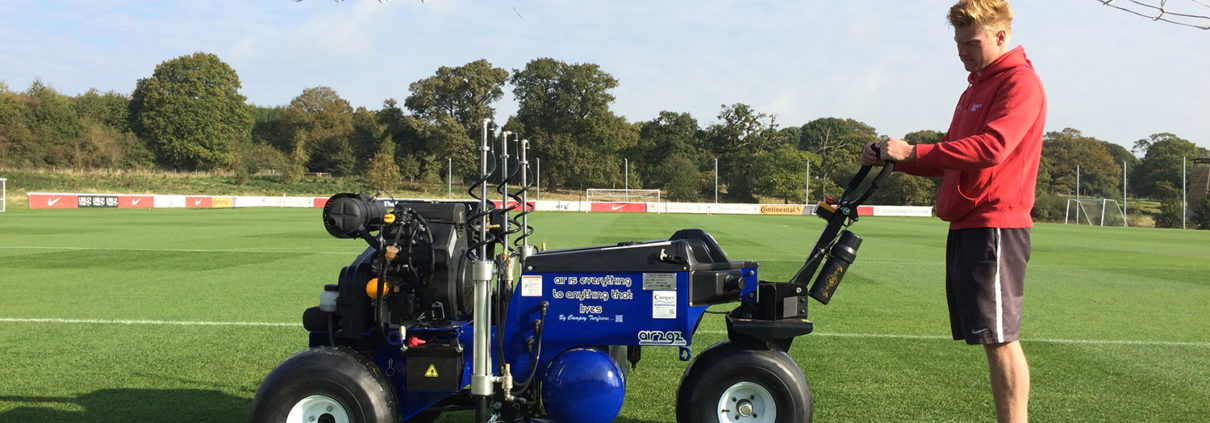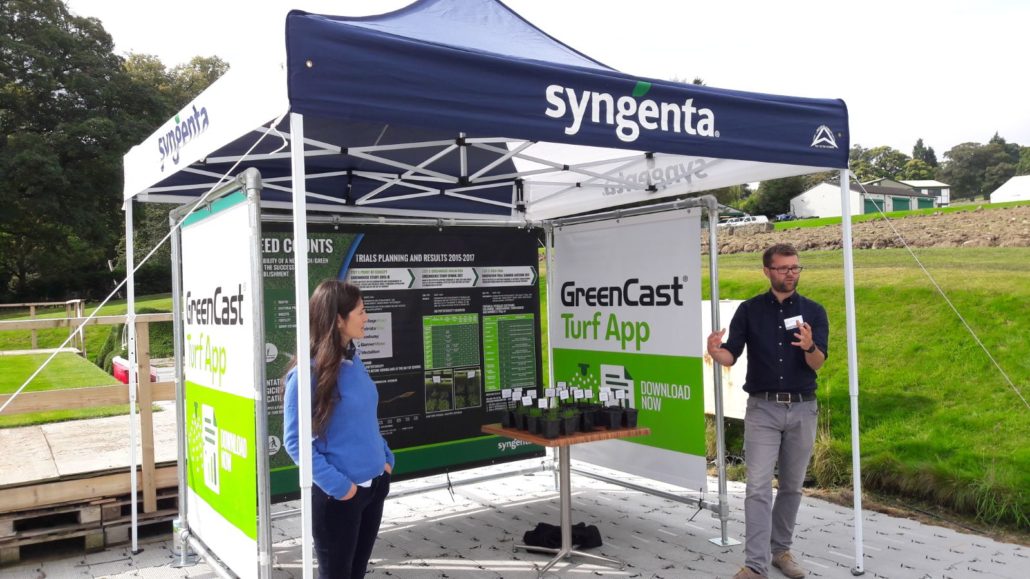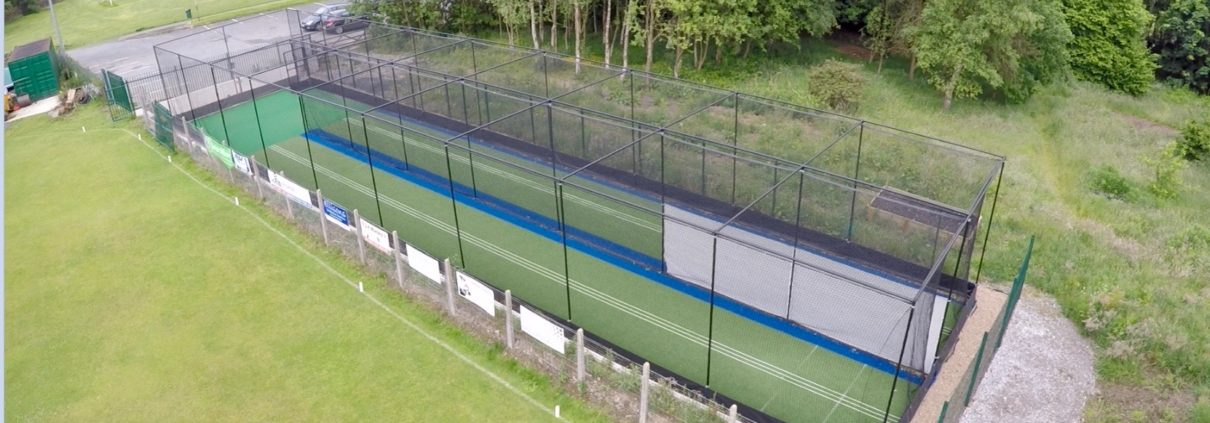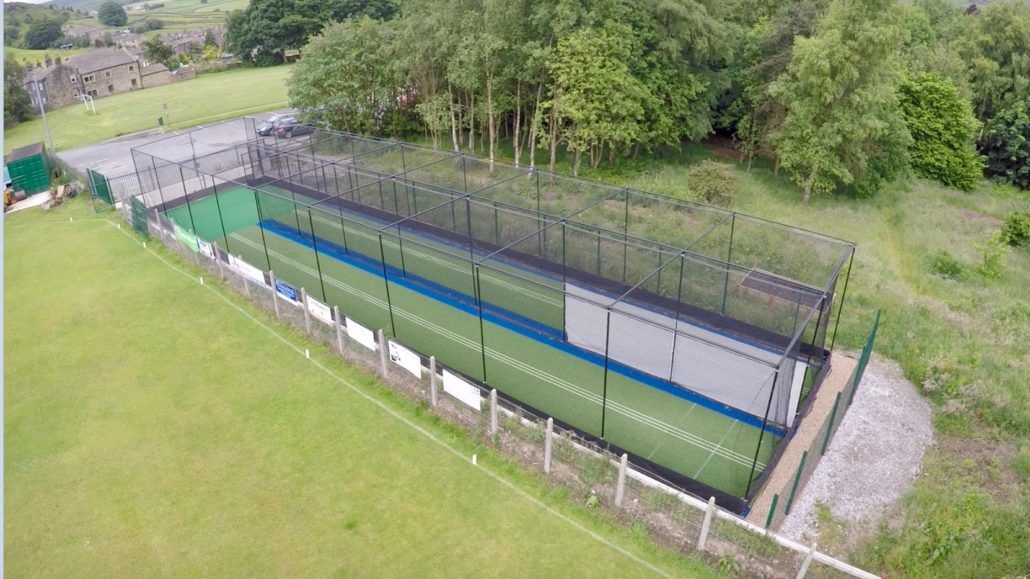Campey Turf Care Systems Returns To Saltex 2017
Campey Turf Care Systems returns to Saltex 2017 with additions to their all-star line-up of machines.
Stand Number: D117
Campey Turf Care Systems will be bringing an all-star line-up of machines to the exhibition halls of Birmingham’s National Exhibition Centre for Saltex 2017, including the introduction of new Koro® FIELD TOPMAKER® model.
The new 1.6 metre model of the Koro® FIELDTOPMAKER® will be at the centre of Campey stand D117, and will be launched to the sports turf industry as a natural evolution of a truly innovative machine. Saltex will also see the launch of a newly designed and patented Universe® Rotor, developed by Campey Turf Care Systems in response to requirements from professional groundsman working out in the field.
The FTM® will be joined by the newly upgraded Koro® TopDrain 1000, specifically designed to be used on sports pitches and golf course fairways. It complements the successful TopDrain 1500 machine that harnessed the unique function of trenching, removing spoil, injecting sand and re-compacting the surface all in one operation. It also offers material and labour savings, faster processing times and less contamination than conventional methods.
These machines will sit alongside the award winning Air2G2 Air Inject, an aeration machine that is becoming a stalwart of the Campey range. It uses pressurised air to target compaction deep at root zone level. Probes penetrate the soil and force air sideways to create fissures in the sub structure improving aeration and drainage throughout the soil.
Completing the line-up on stand is the Dakota 310, offering the accuracy expected from any Dakota 400 series spreader, but in a compact version. It spreads light to heavy and wet to dry, with easy calibration and no tractor or truckster required.
There will also be a new machine unveiled on the Campey stand, but no details are available before the show.
Campey Turf Care Systems is one of Europe’s largest independent grounds care machinery dealers, supplying equipment to countries in most parts of the world. Over the years Campeys have earned a reputation for offering practical advice and superb aftercare service. The company acts as a new equipment dealer for some of the most respected grounds care machinery manufacturers including Dakota, Imants, Koro, Raycam, Vredo, Omarv, Votex, VGR and GT Air 2G2 injector.
The company also has a thriving used machinery business and a subsidiary company, Tines Direct, which supplies replacement tines, blades and replacement parts for a wide range of turf care machinery.
More information is available at www.campeyturfcare.com
For the latest industry news visit turfnews.co.uk
Get all of the big headlines, pictures, opinions and videos on stories that matter to you.
Follow us on Twitter for fun, fresh and engaging content.
You can also find us on Facebook for more of your must-see news, features, videos and pictures from Turf Matters.














